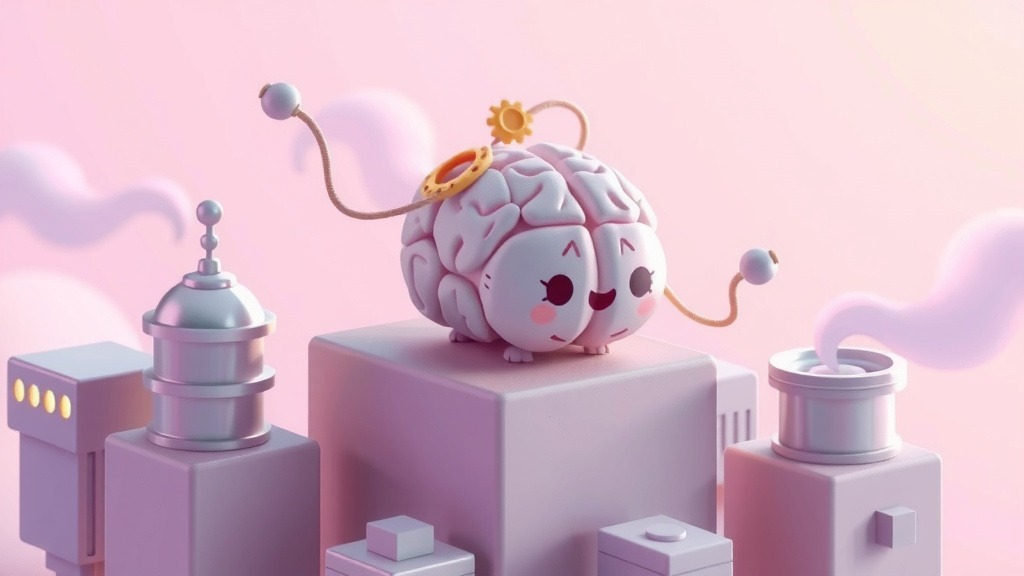The intersection of artificial intelligence (AI) and various industries is a rapidly evolving landscape, with both positive and negative consequences. In this news brief, we'll explore the latest developments in AI, from its growing environmental footprint to its applications in healthcare, education, and beyond.
AI's Environmental Footprint
The rapid expansion of AI has significant environmental implications, including increased energy demand, pollution, and resource consumption. A recent study estimates that pollution from data centers has cost the US over $5.4 billion in healthcare expenses over the past five years. Tech giants like Google, Microsoft, and Meta are exploring ways to mitigate their supply chain impact, but meaningful progress remains slow.
AI in Healthcare
SimCare AI, a healthcare training platform, has raised $2 million in funding to expand its AI-powered medical training platform. Using AI-driven patient simulations, the platform reduces training costs and improves clinical skills. This is just one example of how AI is transforming the healthcare industry.
AI in Education
Tamil Nadu Chief Minister MK Stalin has criticized the implementation of a three-language policy, advocating for the use of Artificial Intelligence for translation instead of burdening students with additional languages. This highlights the potential of AI to improve education and make it more accessible.
AI in Voice Technology
Amazon's Alexa+ reflects the growing impact of voice technology on consumer behavior. Powered by generative artificial intelligence (GenAI), Alexa+ promises to take the voice assistant experience to new heights, revolutionizing how consumers interact with voice assistants.
AI-Generated Child Abuse Images
A recent operation by Europol has led to the arrest of two dozen people for distributing AI-generated child abuse images. This highlights the need for national legislation surrounding the use of AI tools for this purpose.
Key Takeaways
- The environmental footprint of AI is a growing concern, with significant implications for energy demand, pollution, and resource consumption.
- AI is transforming various industries, including healthcare, education, and voice technology.
- The use of AI for nefarious purposes, such as generating child abuse images, is a pressing issue that requires attention and regulation.
- The potential of AI to improve education and make it more accessible is significant, but it also raises concerns about the burden of additional languages on students.
- The growth of voice technology is driven by speed and convenience, but trust remains a major barrier to its adoption.
Sources
- AI’s Growing Footprint: The Supply Chain Cost of Big Tech
- OpenAI introduced a new GPT-4.5 model
- Get to know these 6 tools to apply Artificial Intelligence in your day-to-day life
- Better Artificial Intelligence Stock: Wolfspeed vs. IonQ
- Stripe’s Total Payment Volume Reaches $1.4t as Long-Standing Investments in AI Pay Off
- SimCare AI Raises $2M to Scale AI-Driven Medical Training | EdTech News
- 'In the age of AI, forcing any language unnecessary': TN CM MK Stalin intensifies attack against NEP | India News - The Times of India
- Two dozen arrested for distributing AI-generated child abuse images
- Amazon’s Alexa+ Reflects PYMNTS’ 2023 Insights on the Future of Voice Technology
- Expert explains how AI is being used for nefarious purposes
